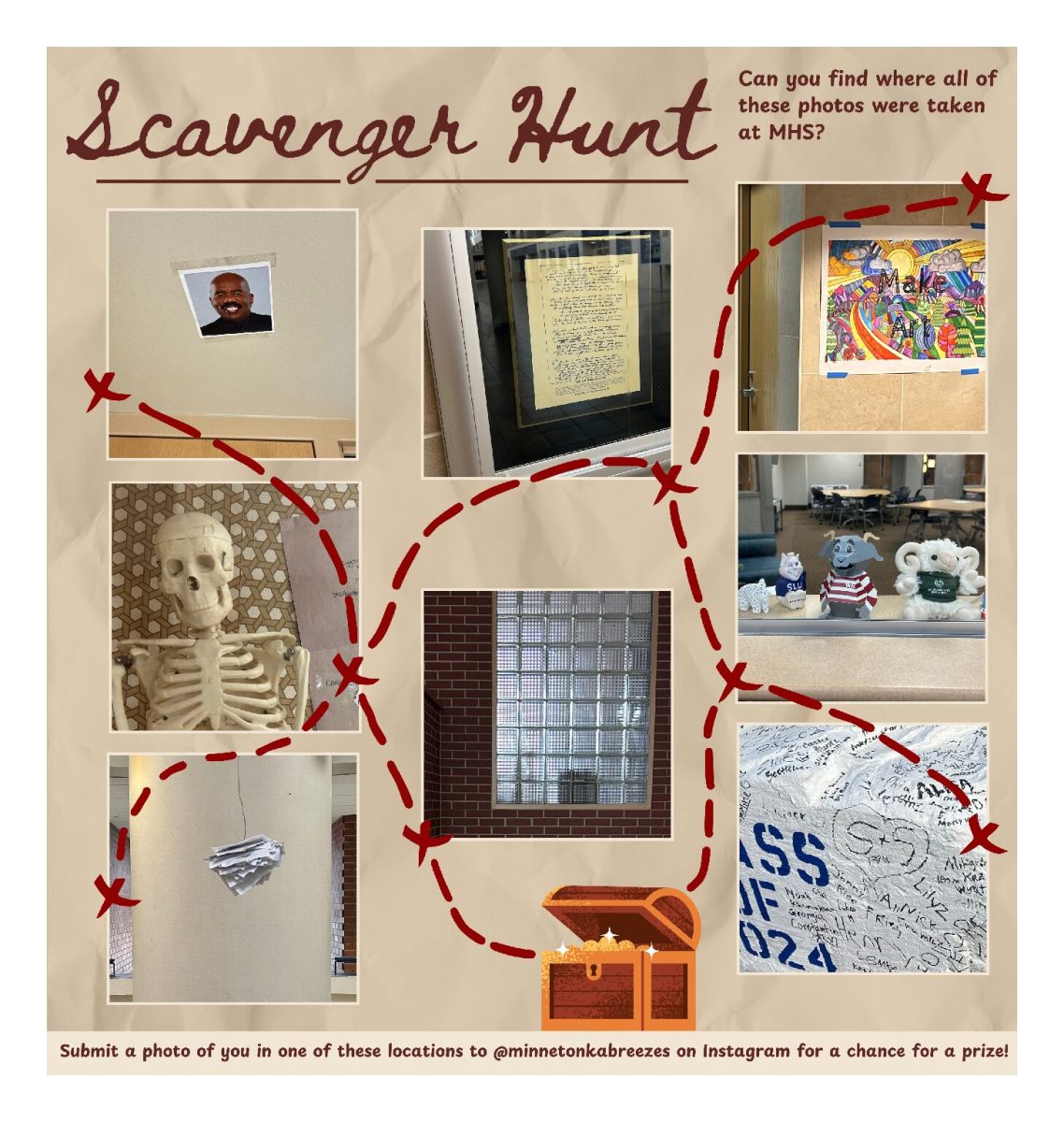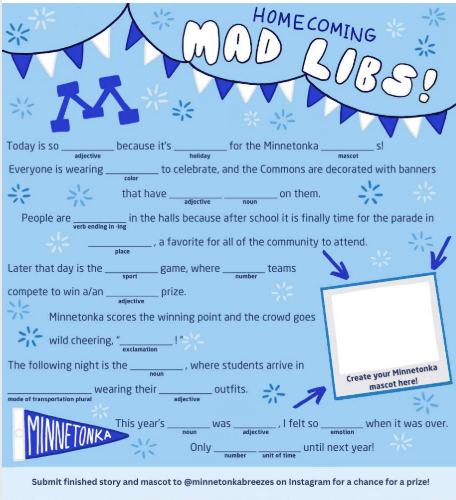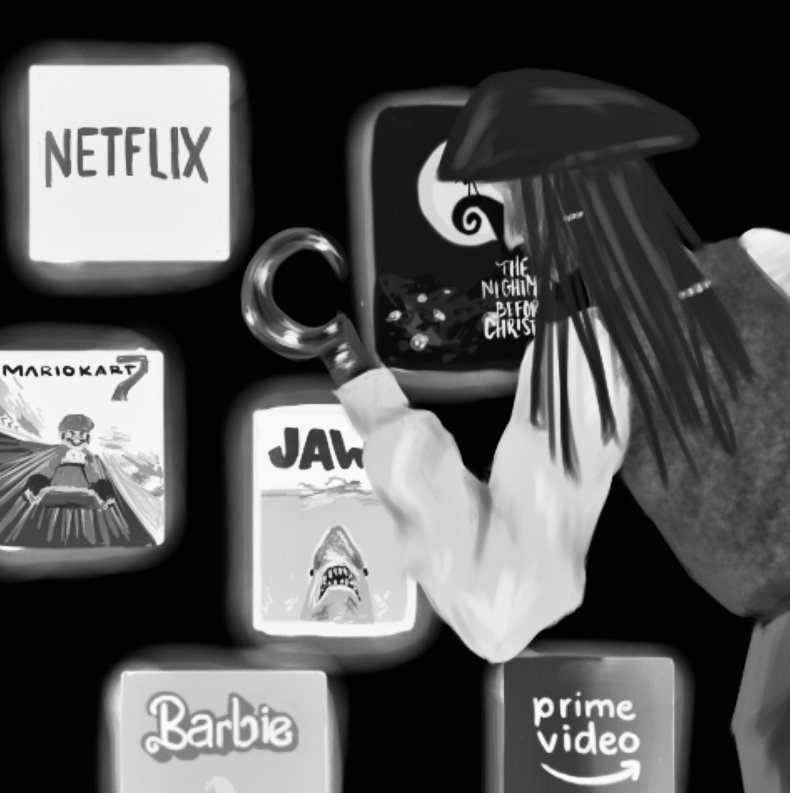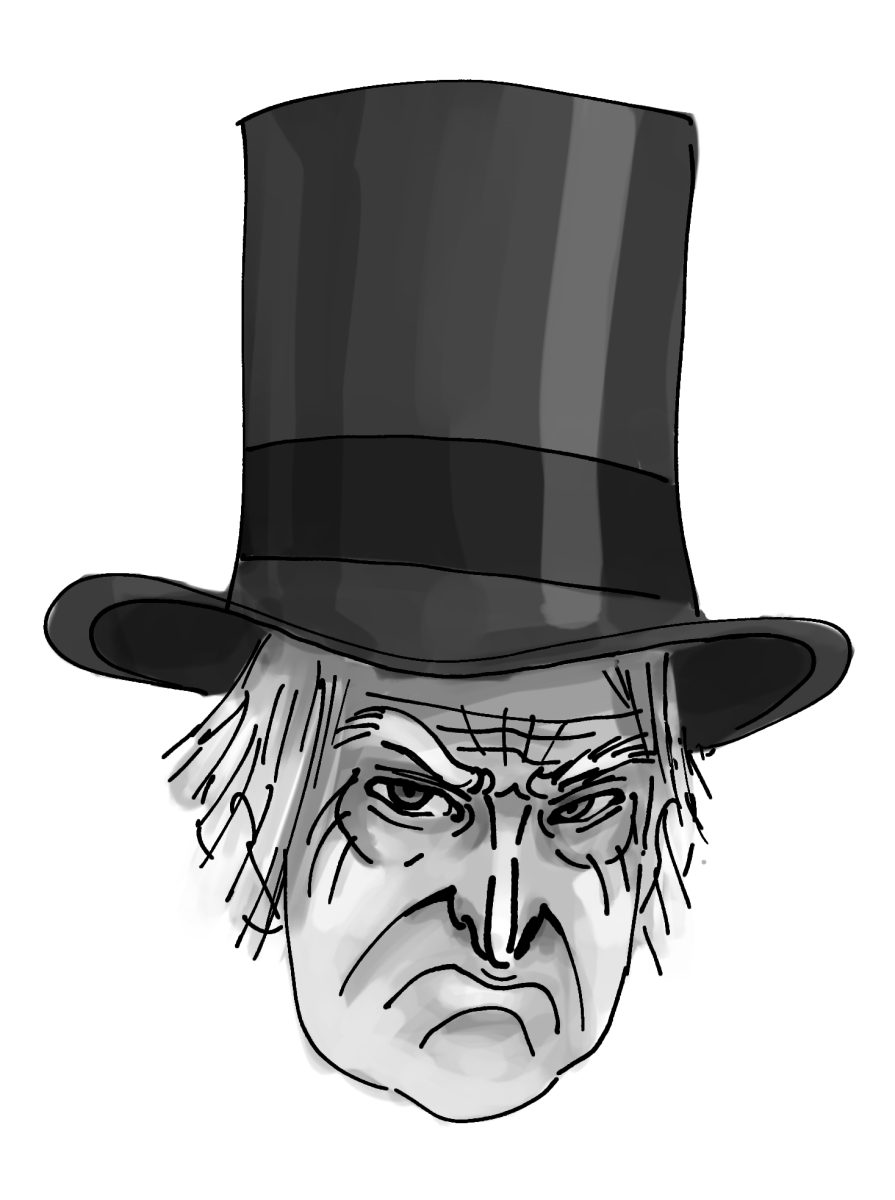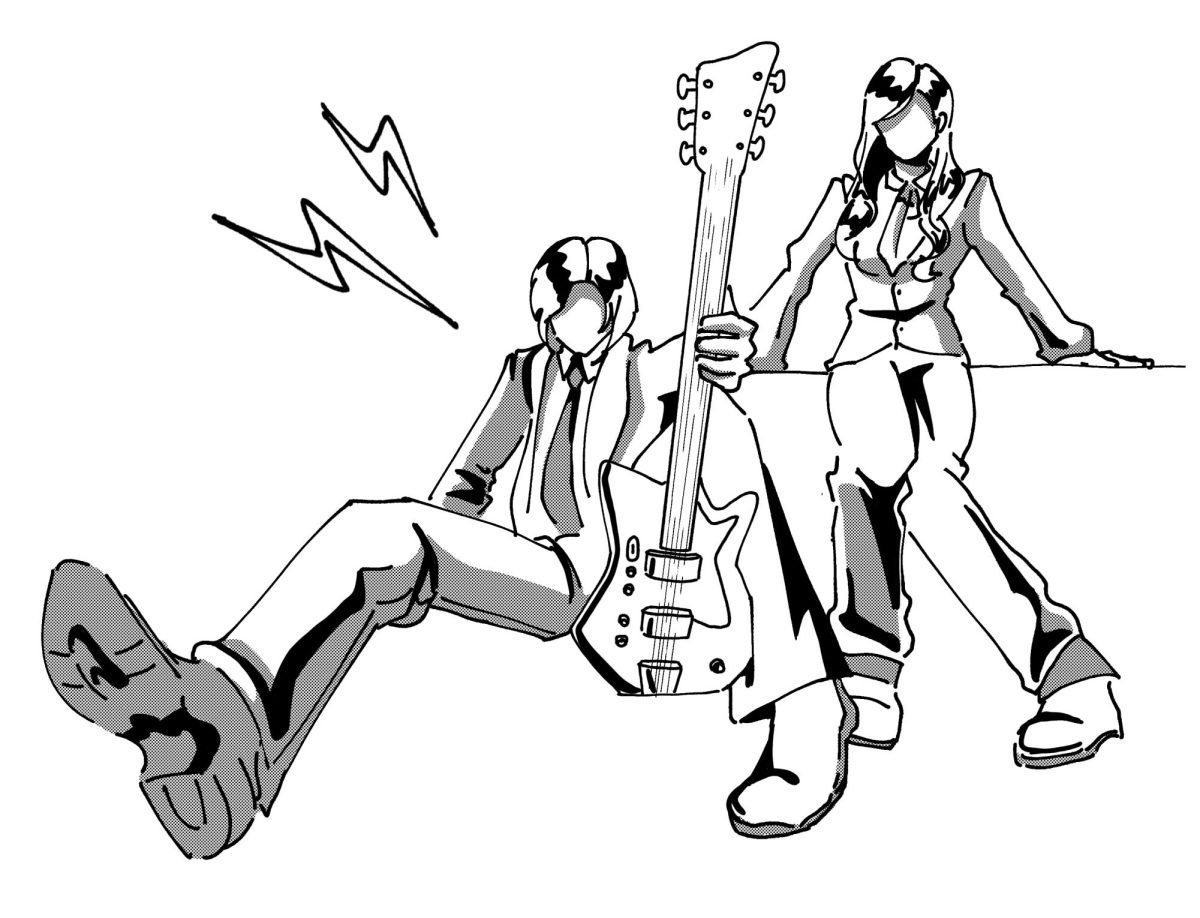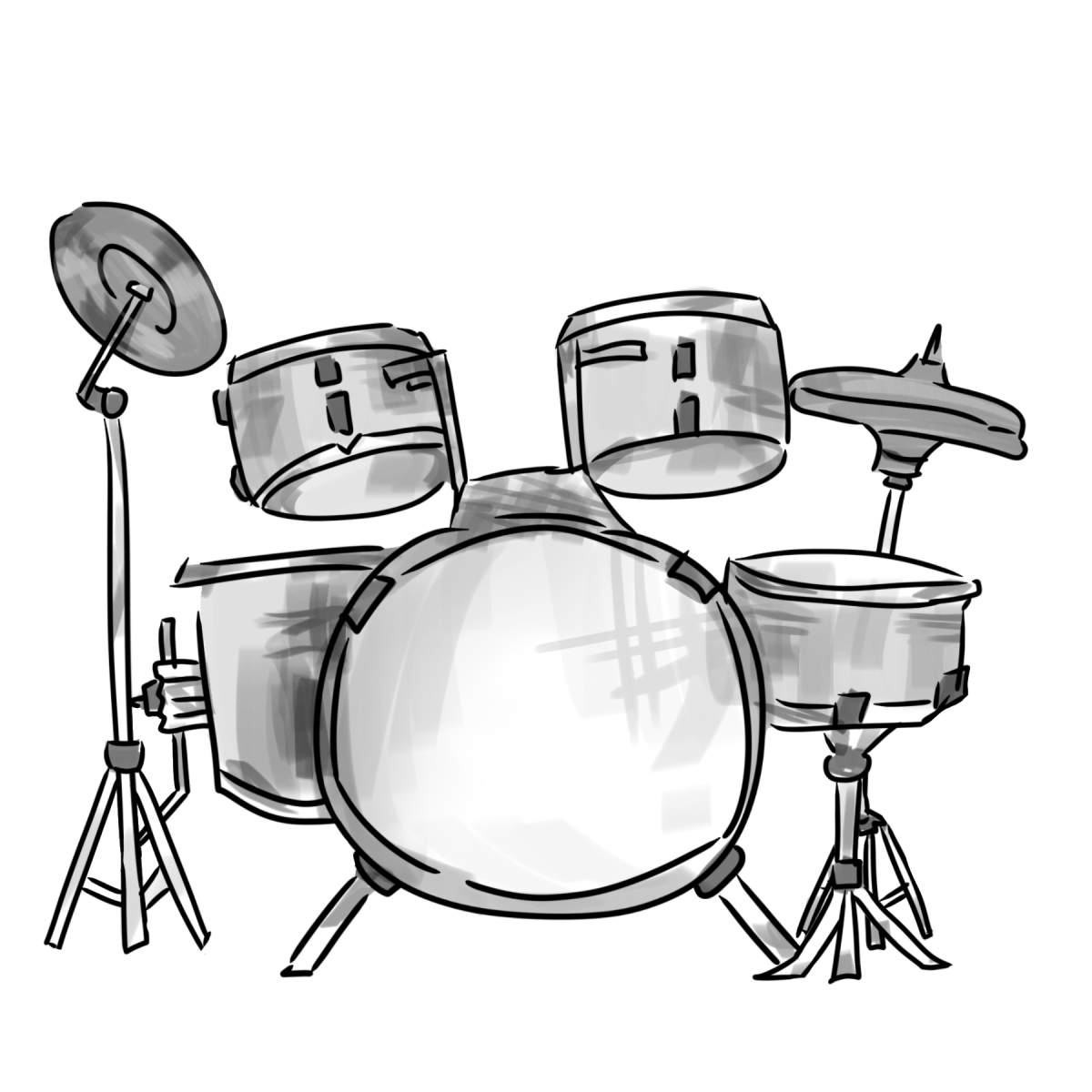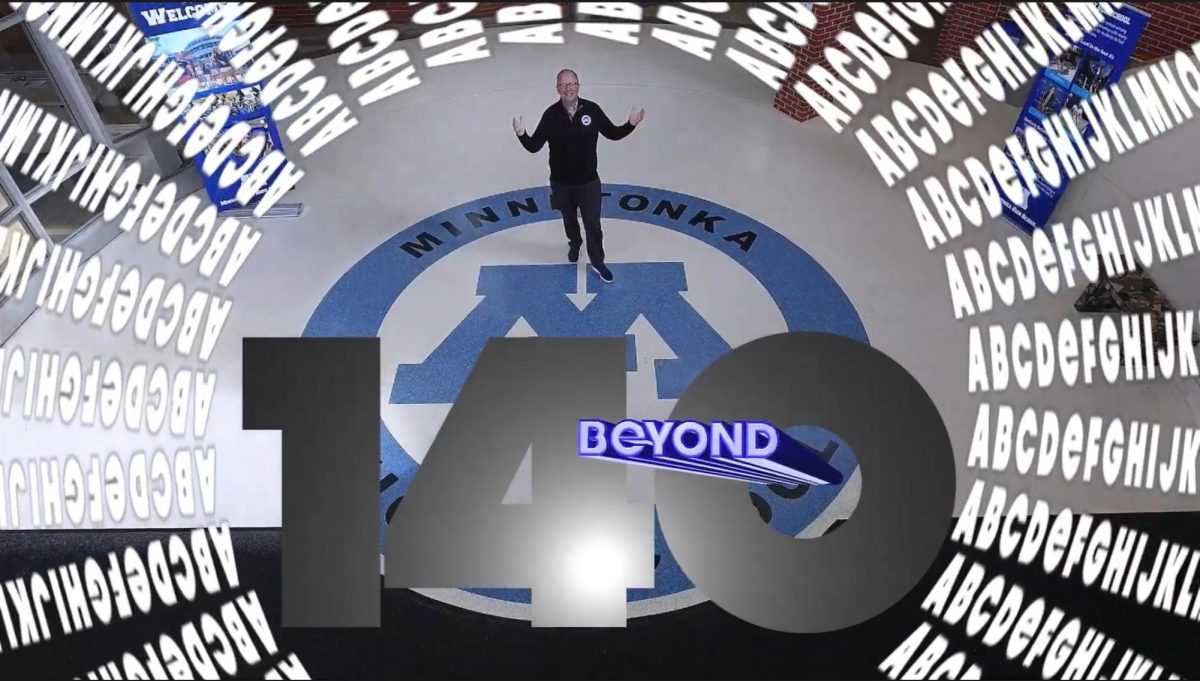Crossword words/clues
Across
- Tech giant or Granny Smith
- Sport where Minnesota’s purple team often struggles
- Side that fills you up
- clothing item featured in All Too Well by Taylor Swift
- π?
- most ‘basic’ fall coffee order
- Bird granted a pardon by the president
Down
- Macy’s features extravagant floats
- what you eat the day after Thanksgiving
- Squash that moves from patch to dessert
- Common companion of butter
- Fruit that comes from bogs in Wisconsin
- Holiday known for food and gratitude
- happens four times a year?
- Idaho crops
Clue writing help
Story continues below advertisement
- NUMBER: If the answer is plural, the clue is plural.
- PARTS OF SPEECH: If the answer is a noun, the clue is a noun. For verbs, if the answer is intransitive, the clue is intransitive.
- TENSE: If the answer is in the past tense, the clue is in the past tense.
- FOREIGN: If the answer is French, the clue is French or has a French reference.
- SLANG: Generally speaking, a slang answer will have a slang clue (and eras must match). But there are three basic categories of words — standard, informal, and slang — and a clue can often move one category without further hint. This rule might be less strictly applied in more difficult puzzles.
- ABBR.: If the answer is an abbreviation, a common way of handling the clue is to use an abbreviation somewhere in it (especially a word that is not commonly abbreviated). Another way of cluing an abbreviation (especially in easy puzzles) is to use an “(abbr.)” tag at the end of the clue. Note: Acronyms or initialisms that are more commonly abbreviated than not, such as U.S. or NFL, won’t usually signal an abbreviation in the answer. Likewise, in other than easy puzzles, RSVP as an answer doesn’t need to be signaled as an abbreviation in the clue, since no one spells out RSVP.
- SHORTENED WORDS: An answer that’s a shortened form of a word will be signaled in the clue. For example: “May race, for short” for INDY. “Briefly” or “familiarly” are similarly used as tags. This rule can sometimes be ignored in more difficult puzzles.
- SUBSTITUTION TEST: The clue must be able to be used the same way in a sentence as the answer. For example: “Started ahead of time” for JUMPED THE GUN. Substitution test: He started ahead of time in the race; He jumped the gun in the race.
- DIFFICULTY: An obvious answer for a Monday clue will probably be right. An obvious answer for a Saturday clue will probably be wrong.
10. PARENTHESES: “(up)” at the end of a clue indicates “up” follows both the clue and answer. For example: “Liven (up)” for PERK. A parenthetical word or phrase might also provide additional information, such as a synonym for the answer, “Play to ___ (draw)” for A TIE, or a further explanation, “Lhasa ___ (dog breed)” for APSO.
- ?: A question mark after a clue indicates wordplay or trickery is afoot.
- KIND OF/TYPE OF: MEAL might be clued as “Kind of plan.” Even though a meal isn’t a kind of plan, “meal plan” is a common phrase. In effect, the clue is using “kind of” instead of a blank: “___ plan.” Some editors will never use this kind of clue, considering it awkward.
- MULTIPLE WORDS: In many puzzles, answers that are phrases of two or more words are not signaled in the clue. It’s up to the solver to discover this. In easy puzzles, “(2 wds.)” will be used at the end of the clue.
- QUOTES: A phrase in quotes signals the answer is a similar, spoken phrase. For example, “Can’t be done!” for NO WAY.
- QUALIFIERS: Clues often use words or phrases as a tag to indicate the clue wouldn’t always be true for the answer. Examples: sometimes, usually, occasionally, of a sort, perhaps, in a way, for one, etc.
- e.g.: If the clue is an example of the answer, rather than a description, “e.g.” is used. For example: “Atlantic, e.g.” for OCEAN. Similar tags such as “say,” “for example,” and “perhaps” also signal that the answer is more general than the clue.
- AS: “Use, as an ax” for WIELD gives a bit more context than just “Use.”
- NAMES: When a clue asks for the name of a person, the answer is the last name (or sometimes the full name). If the person’s first name is being asked for, there must be a signal in the clue, such as including the person’s last name, the first name of a role he/she played, or the first name of a costar.
- MYTHS: If a clue uses a disputed fact, a tag such as “supposedly” or “they say” is used.
- VAR.: If you see “Var.” at the end of the clue, prepare for cringing. This is an indication that the constructor and editor couldn’t find a way around using a variant spelling. Luckily, this is rare these days, but the good news is that it’s probably also an indication that there’s really nice stuff nearby in the grid to make up for it.
- REPETITION: An answer word won’t be used in its own clue. Generally speaking, no answer word from the entire grid will be used in any of the clues, except for common words like THE, OF, AND, and so on. The same answer word won’t appear twice in the same grid, although sometimes small parts of answers, such as ON, might appear more than once. These rules do vary depending on the editor and circumstances.
- WITH: In a clue such as Become understood, with “in”, the answer needs “in” after it to fit the clue. In this case, the answer is SINK, since sink in = become understood. • A clue such as “Word with tea or ground” is looking for a word that either precedes or follows both words. Possible answers: BALL can follow both; HIGH can precede both. In easier puzzles, the clue will likely use the more definitive “before” or “after” instead of “with.” • A clue tag such as “with 22-Across” means the answer continues and the end of it appears at 22-Across.
- BRACKETS: A clue contained within brackets indicates a non-verbal answer. For example, [Uh-oh!] could be a clue for GULP, as opposed to “Uh-oh!” (in quotes), which might clue YIKES. Likewise, [What a dreamboat!] is a clue for SIGH. Think of these clues as interpretations of what a sound or gesture might mean.
- ARTICLES: Although articles are usually not used at the beginning of a clue — such as “Australian bird” for EMU, rather than “An Australian bird” — articles should be used in the middle of a clue. For example, KIWI should be “Fruit with a fuzzy skin,” not “Fruit with fuzzy skin.” An exception to the no-article-at-the-start rule is “A Great Lake” for ERIE, since there are five choices.






























